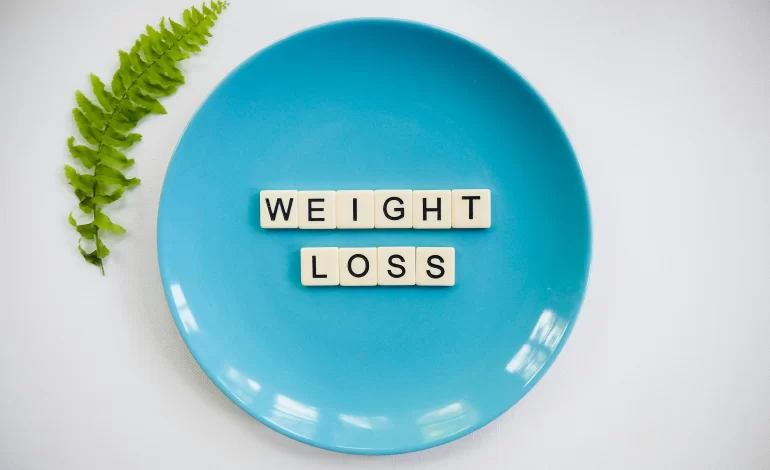Age and Attraction: Why Are Men Sexually Drawn to Women in Their 20s?
Have you ever wondered why men often seem attracted to women in their 20s? It’s a question that has puzzled people for centuries, and science may finally offer some intriguing answers. A study by researchers at Abo Akademi University in Finland suggests that men’s attraction to women in their mid-twenties is rooted in our evolutionary past. The study, published in the journal “Evolution and Human Behavior,” found that men tend to express a preference for younger partners, particularly when it comes to sexual attraction. Evolutionary Advantage: Fertility and Partner Selection Source : pexels The researchers believe this preference stems from biological factors. Women in their 20s are generally considered to be at their peak fertility, meaning they have a higher chance of conceiving. From an evolutionary standpoint, men who are attracted to and procreate with women in this age range are more likely to pass on their genes. The Preference Gap: Ideal vs. Reality Interestingly, the study also revealed a discrepancy between men’s ideal preferences and their actual partners. While men might express a stronger attraction to younger women, the age difference in real-life relationships tends to be much smaller. The researchers propose that this “preference gap” arises from women’s role in mate selection. Women in Control: Selectivity and Partner Choice Women, on average, exhibit a preference for men who are either their same age or slightly older. This selectivity, according to the study, limits men’s ability to find partners who perfectly match their ideal of a younger woman. As a result, men often end up in relationships with women closer to their own age. The Study: Data and Insights The Finnish research involved a population-based sample of over 12,000 participants. The data revealed distinct age preferences between genders: Men: Younger men (under 20) preferred older partners, while men over 30 showed a preference for younger women. Women: Women displayed a more consistent preference for partners who were the same age or slightly older, regardless of their own age. The study’s findings align with evolutionary theory, suggesting that women’s selective behaviour shapes the dynamics of human mating. Men may be drawn to younger women for biological reasons, but ultimately, women play a significant role in determining who they partner with. Beyond Biology: The Complexities of Attraction It’s important to remember that attraction is a multifaceted phenomenon. While evolutionary factors undoubtedly play a role, cultural influences, personal experiences, and individual preferences also contribute significantly. Not all men are solely attracted to women in their 20s. Many men find women of all ages to be attractive, and factors like personality, shared interests, and emotional connection can play a much larger role than age in building a lasting relationship. Modern Dating Landscape: Age Preferences Redefined The rise of online dating platforms has introduced new complexities to the question of age and attraction. While some users may prioritize age filters, others prioritise compatibility and connection. Dating apps allow users to connect with a wider range of potential partners, potentially leading to a shift in traditional age preferences. The Takeaway: Understanding Attraction Through Different Lenses The Finnish study offers valuable insights into the biological underpinnings of human attraction. However, it’s just one piece of the puzzle. Understanding why men are drawn to women in their 20s requires considering both evolutionary biology and the ever-evolving social landscape of dating and relationships. Ultimately, attraction is a complex dance influenced by a multitude of factors. While biology may provide a baseline, individual preferences, experiences, and cultural norms all play a part in shaping who we find attractive.
Read More







